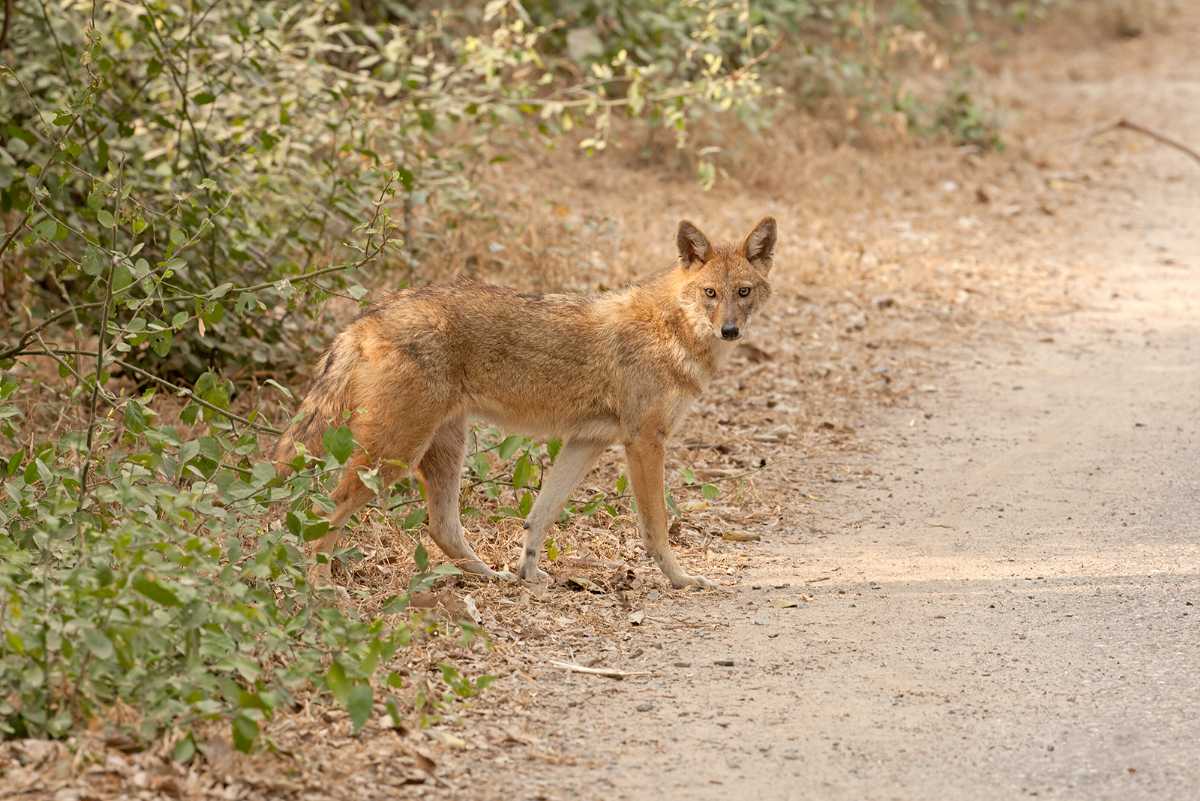Gugamal National Park
Weather :
Tags : National Park
Time Required : 2-3 hours
Entry Fee : Entry for Individual Adult: INR 30
Children (5 to 12 yrs old): INR 15
Student: INR 15
Foreigner (Adult): INR 60 and Children (5 to 12 yrs old): INR 30
Entry with Vehicle:
Bus Truck and other heavy vehicles: INR 150 per day
Car, jeep and other light vehicles: INR 100 per day
Two-wheelers: INR 25 per day
Camera Charges:
For Still camera: Indian - INR 500 and Foreigner - INR 1000
For cine camera: Indian - INR 5000 and Foreigner - INR 10000
Best Time to Visit : October and June
Gugamal National Park, Chikhaldara Overview
In the serene hilly terrain of Amravati District of Maharashtra, Gugamal National Park, located in the Chikhaldara and Dharni Tehsils, spreads over a whopping 1673.93 square kilometres. As a part of the Melghat Tiger Reserve, Gugamal National Park attracts tourists in large numbers; the place is known to be among the last ones to house the Indian tigers. The bamboo groves provide shelter to the wild animal where they have found a natural habitat and their numbers have increased too over the years because of strict conservation measures.
Read More on Gugamal National Park
Attractions in Gugamal National Park
Korku Tribal Culture
Those who are interested in knowing about a new culture, they can get to know about the Korku tribal culture and even study their practices and traditions.
Jungle Safaris
Families seeking adventure can also go on exciting jungle safaris where they get to drive through dense forests.
Other Activities
Among other activities that are popular choices are trekking, camping photography, bird watching.
Other major attractions in the vicinity of the Gugamal National Park are Makhla, Gavilgarh Fort, Bhootkhora, Narnala Fort, Bhim Kund, Chikaldhara, and Panchbol Point.

Source
Biodiversity at Gugamal National Park

Source
Surrounded by the rugged hills of the Melghat region, the forest cover comes under the Southern dry deciduous forest category. Some of the trees that you can find here are Ain, Tectona grandis, Lendia, Tiwas, Aola, Dhawada and Kusum. The area around Gugamal National Park is famous for the wide variety of plants of medicinal value that grow around the region. While bamboo covers the forest in abundance, the upper areas on the hills have orchids and strobilanthes growing. There are a total of 90 different kinds of trees, 56 climber trees, over 300 herbs varieties and more than 750 plant species that's spellbinding for visitors.
Fauna

Source
The Gugamal National Park boasts of an extravagant fauna of which wild mammals such as Bengal tiger, sloth bear, Ussuri dhole, Indian jackal, striped hyena, fishing cat, Indian leopard, chausinga, sambar (known to be the largest Deer on the planet) gaur, barking deer, ratel, macaque, flying squirrel, cheetal (a sub-species of Deer), nilgai, python, rhesus monkey, wild boar and langur are an integral part. If you are interested in aquatic life, then you must know that there are more than 25 different fishes here and a larger number of butterflies, merrily flying around the green surroundings. In March 1990, crocodiles were the newest addition to the Siddu Kund in Gadga river near Dhakna, and several more crocodiles were added to the Hathikund in the Dolar river in February 1991. There are also 260 bird species found at the Gugamal National Park which gives a great opportunity for photographers to capture some rare species of birds.
Eco-tourism at Gugamal National Park

Source
History of Gugamal National Park
How to Reach
Where to Stay
The eco-huts available at Semadoh are available at INR 700 whereas the VIP Rest House at Kolkhas is available at INR 1800 per day.
Top Hotel Collections
Top Hotels Near Gugamal National Park
Gugamal National Park Reviews

Have a Question on Gugamal National Park?

experience.